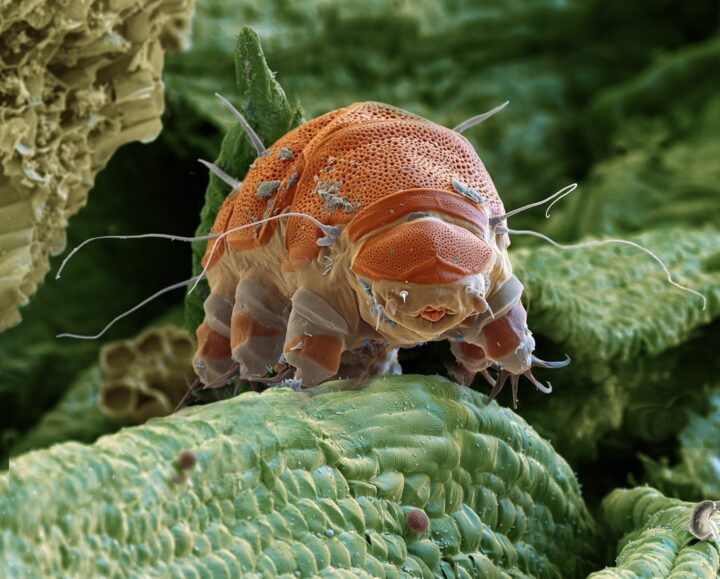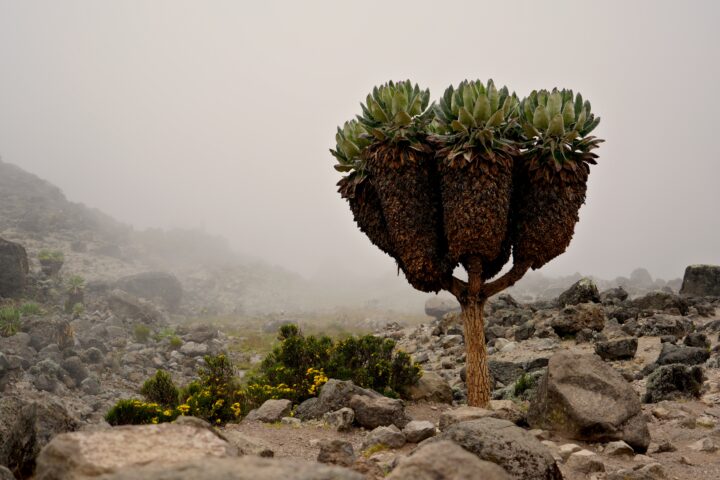Capture, Absorb, or Filter Chemical Entities
Living systems often require chemical elements and chemical compounds, including complex sugars, proteins, and odor-making compounds, to perform critical activities. These compounds exist in various states–solid, liquid, and gas–and are ubiquitous in soil, water, and air. This requires that living systems not only have ways to capture, absorb, or filter them, but also ways to differentiate among them, selecting those that are valuable or harmful. For example, mangrove trees live with their roots in salty water and sediments. Various mangrove species have different strategies for removing salt from the water they take in so that their tissues can use the fresh water.
Store Chemical Entities
Chemical entities include elements such as carbon and metals, and compounds such as nutrients and proteins. Living systems must often store chemical entities–for example, for food or protection–temporarily or for long periods; the latter is synonymous with sequestration. Because chemical entities can react with other chemicals, living systems must store these entities so that they are stable and out of the way (for long-term storage) or readily available when needed (for temporary storage). An example of temporary storage is found in crustaceans such as crabs, which must shed their external skeletons as they grow. But first, a crab must absorb as much calcium carbonate from its shell as possible, storing the compound in its blood until the crab can use it to grow a new exoskeleton.
Protect From Chemicals
Chemicals are everywhere in the bodies of living organisms and their external environments. While most chemicals are valuable or benign, some are toxic, including those used for defense (such as the mucus that protects clownfish from an anemone’s stinging tentacles). Even naturally-occurring chemicals, such as arsenic, must be managed to reduce their impact. Some living systems have strategies to break down harmful chemicals, alter them into less toxic forms, physically prevent chemicals from harming sensitive tissues, and more. For example, some herbivorous mammals can digest toxic compounds in plants because they have a particular enzyme that helps them process poisonous plant compounds.





